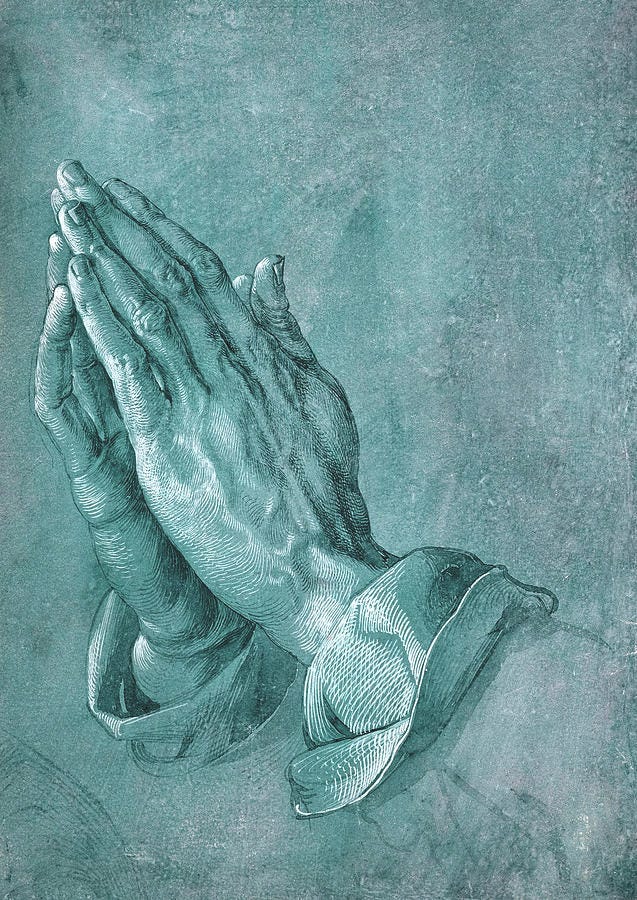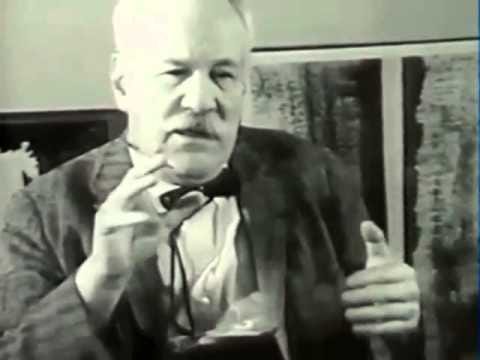It is rare to be so thoroughly changed by an art piece as I was by Who’s Afraid of Red, Yellow and Blue. It’s an odd name for a painting, and it’s an odd thing that the answer to such a questioning title is me! Here is what I learned from Barnett Newman’s painting.
I was on TikTok when I first noticed Who’s Afraid of Red, Yellow and blue. I had seen and heard of it before, but I never cared to truly look at it. Unfortunately, I haven’t been able to find the video again (I will always be thankful for you, anonymous TikTok art lady), but it detailed why it’s not just a big red painting, and opened my eyes to modern art.
At the time, I thought modern art was garbage almost by default, and Who’s Afraid of Red, Yellow and Blue was an excellent case study. A big red painting with a few stripes is something anyone can do. In fact, it’s a mindless thing to do. It’s not art. It’s the attempt of a man to prove that art can be anything, and he is wrong.
But I was wrong. Newman painted these large paintings of a single color with a few zips, not because he wanted to rebel against the status quo of “actual art” and impose a postmodern philosophy on all of us — as a very ignorant Matias once thought—, but because it was the best way he found to express himself.
“…Newman saw his work as a reaction to the horrors of World War II. For Newman, figuring out what a painter could do after witnessing events such as the Holocaust and the bombings of Hiroshima and Nagasaki required ignoring all of art history and starting over from scratch.” — John Fecile
The way Newman saw his work is fascinating to me. He was incredibly grounded; ironic being that he’s a master of abstract impressionism. In the video bellow you can see he never thought about his art as some weapon against a status quo. It was almost something he stumbled upon, considered, and leaned into.
Here’s what I’m getting at. Newman’s paintings weren’t pointless.
I thought (years ago) that meaning was the defining characteristic of art. If a work has meaning it is art. If it doesn’t, it’s not. But I eventually found that this thought was only partially true. Not all art has meaning. An artist can make art without ever asking himself or even caring about what his art means. However, art always has purpose. Whether that purpose is to transmit a message or just create an impact, there is always a purpose behind art. Even art that is made for the artist’s own enjoyment or practice has purpose.

Yet I maintain that the most impactful art pieces are imbued not only with purpose, but also meaning. As a former first grade teacher, I can tell you that a seven-year-old’s awkward depictions of the adults they love are more impactful to their intended audience than any still life they will ever see. Kids draw to say “I love you,” and the message is well received1. Barnett Newman’s Who’s Afraid of Red, Yellow and Blue exhibits the same artistic quality. It showcases purpose and meaning. The only difference is that in his work neither are immediately apparent.
Not all art has meaning. An artist can make art without ever asking himself or even caring about what his art means. However, art always has purpose.
Somehow, in my ignorance, I thought that an art piece that had managed to inspire a man to attack it (twice) was devoid of meaning. I thought I knew the art piece meant nothing.
“Barnett Newman’s Who’s Afraid of Red, Yellow and Blue is meaningless because I see no meaning in it. It is not a masterpiece. It is not even art at all” —Matias, if he had been articulate and self aware at 16
I was a prideful adolescent, if you haven’t noticed yet. It took me several months after I watched the TikTok video I mentioned to realize that it had changed me. I started admiring Who’s Afraid of Red, Yellow and Blue, and a small sapling of epistemological humility2 sprouted in my heart — the humility to know that I don’t understand everything, and that there can be profound meaning in seemingly meaningless things, even if I can’t see it.
This a wonderful attitude to have. It primes your heart to view anything as a potential source of wonder. What else can an artist wish for?
This is all nice, but there remains a question. Why am I afraid of Who’s Afraid of Red, Yellow and Blue? In short, I’m not. In long, because not understanding something is uncomfortable and sometimes even scary. Though the example I’m talking about is an art piece, epistemological humility reaches further than the artistic eye. Not understanding life events is scary. What happens, for example, when tragedy strikes? Will you be afraid of the colors of loss?
Let me tell you how this became clear for me. I lost a dear friend of mine over a year ago. I was far from home when it happened, and I couldn’t understand anything. To see someone pass away at such a young age seemed meaningless and without purpose. For Christians, such a loss can shake their faith to the core. In my case, it did.
But a few weeks after her passing I had a conversation with Rey, a wonderfully compassionate artist, about Newman’s work, and then it clicked. No one who will tell ever my why any of it happened, but I can find peace in knowing that I don’t have to understand.3
Art informs how we view the world. I learned that I didn’t have to understand every art piece. I learned meaning might be hiding behind any meaningless thing, and when it comes to seeing the world, meaninglessness shows itself everywhere. Yet I can still wonder. I can still hope. I can be at peace.
So, thank you Mr. Newman. Thank you random TikTok art lady. Thank you Rey. And thank you, dear reader, for reading this far. I hope you enjoyed, and I’ll see you next week!
I do not intend to imply that skill is irrelevant to the quality of art. In fact excellence is an important artistic value, but that is a topic for another post.
Epistemological: Relating to the study of the nature, origin, and limits of human knowledge (Meriam Webster)
Grief is a very personal process. This is part of how I found peace, but it is not my intention to claim it is a definitive “solution.” Grief is a process, and mine took me here.





Nice read, even with the misleading title. Only comment is that the image you have is of Who's Afraid of Red, Yellow and Blue III. It's the 3rd in a series ;) Don't actually know the other 3 though, they're not as famous